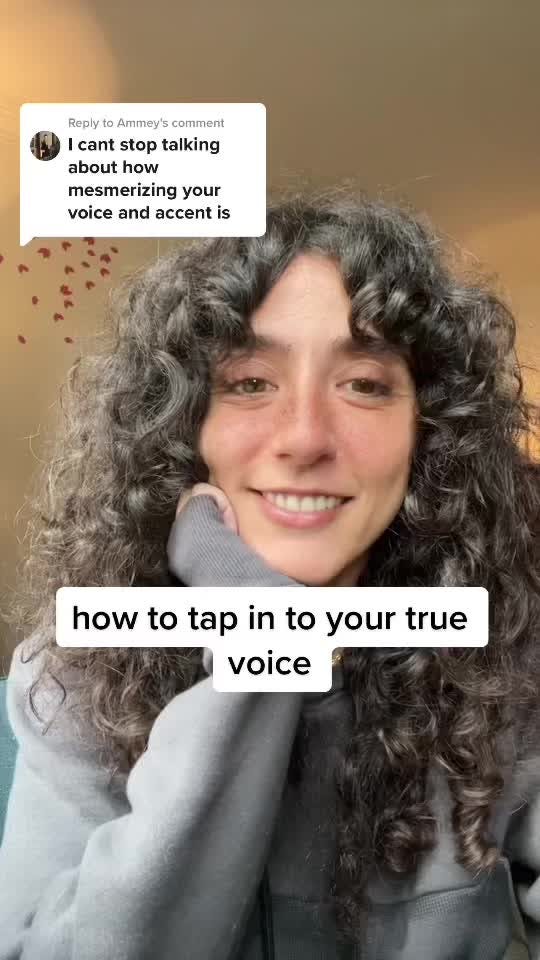move the body, breathe with her, then she becomes the portal
pathways the body leads you on into writing
What if your body already holds the answers you’re seeking? What if the best creative guidance isn’t outside you—but in your bones, your breath, your voice?
PORTAL STUDIES [BONE COURSE] (Sundays, April 13 - May 11 from 1pm - 3pm Central Time) is a five-week experiment in creating from the body first. Movement before stillness. Breath before words. We’ll work with breathwork, trance, and sensation to dissolve creative blocks and build trust in our own rhythms.
This post is a glimpse into what’s been shaping my own process lately. If it resonates, I’d love for you to join my co-facilitator Breena Fain
and me. Sign up here.Move, Breathe, then Write
I used to think I could think my way into writing. That if I just sat still long enough, staring at the page, I’d force something out. But this body resists force. And over time, I started noticing a disconnect—between my mind, which had so much to say, and my body, which often felt sluggish, hesitant, tight. Avoidant. The more I tried to make my brain override the stuckness, the less language I had available to me.
Then—as if time passed quickly and it didn’t take decades to discover—I started moving. Not just in the incidental ways like walking my dog or shifting in my chair, but deliberately. First, panic-filled yoga classes, where I learned that breath isn’t just an autonomic function; it’s a thing that guides. That when I moved in sync with my breath, something unlocked in me. When I wrote from characters’ voices, I knew to adopt longer, lower, faster, more forced breathing in order to step into their place.
Then walking, which allowed thoughts to arrive on their own. The task now, though, is not to assign myself what I want to “work out” and allow for whatever occurs to occur.
And, more recently, CrossFit, where I’m learning to push my limits while still honoring the signals my body sends me. Which is often “uh oh” and sometimes “hmmm this feels nice” especially with the weighted squats. When I first started, friends experienced in weight training gave the same warning: be careful of injury. And I responded with, “I am the least at risk of injury. I treat my body like a baby.” But… then I got a minor shoulder injury and am currently on a break, lol
There’s that concept in yogic tradition that you must move before you can sit still. That stillness isn’t a starting point—it’s something you earn with your body. If I try to sit and write before I’ve moved, I’m useless. I am a professional YouTube watcher in that state. But if I walk, stretch, lift, or laugh first, the words come through clearer.
The Breath as a Writing Guide
In Helene Cixous’ philosophy of “writing the body,” she suggests that writing must emerge from lived experience, or sensation—not just from the intellect, but from sensation, from the deep interior of the self.
“Censor the body and you censor breath and speech at the same time,” she writes.
I think about this when I notice myself holding my breath while writing, as if exhaling might send the words scattering. But breath is the opposite of scattering. It’s the thing that gathers me.
When I start writing after movement, my breath sets the pace. Long, steady exhales help me write fluidly, without second-guessing. Quick, sharp inhales remind me to stay present, to notice where the energy is gathering in my body as I write. When I laugh—a full-bodied, shaking laugh—it’s like breaking through the last layer of hesitation, slipping into a more expansive creative space. I often use laughter exercises before I begin a writing session, not as a gimmick, but as a way to shake loose whatever tension I’m gripping too tightly. And the stupider it feels, the more centered I feel.
Trance Writing and the Dissolution of Fear
I hesitate to talk about one of the most important parts of my coming back to my body because it sounds like I am an active member of a desert cult. But trance writing—writing in an altered, receptive state—has become key to me feeling centered, sunk in. When I am in trance, I am not policing myself mid-sentence. And it’s one of those “you know it when you know it” type things. I often have to switch up the mode of getting into trance, but movement and breath are consistent pathways into it. Then, I let the body lead.
And I’ve found that playing with my voice—literally—helps dissolve the last barriers to that state. Here’s a practice I have liked recently, one that I encourage you to try:
Activity: Listening to Your Own Voice
Record your voice for five minutes. Like scaling a movement in CrossFit, start where you are (I think I’ll be at Level 3 for a while…):
Level 1: Casually describe your day. No pressure, just letting words flow.
Level 2: Read something you wrote.
Level 3: Read something you wrote that feels vulnerable, something you might hesitate to share.
Level 4: Sing. Maybe something familiar, maybe something you make up on the spot.
Level 5: Sing something that stretches your voice beyond where it usually goes.
When you listen back, don’t search for mistakes. Instead, notice the resonance, the energy. Receive your own voice as a gift.
Then, write—not about what you thought, but what you felt.
This pathway was inspired by Twitchy Witch’s video:
This post corresponds to PORTAL STUDIES [BONE COURSE]’s Week 3’s “What’s in your bones?” class where we focus on our body’s being the only oracle we need.








